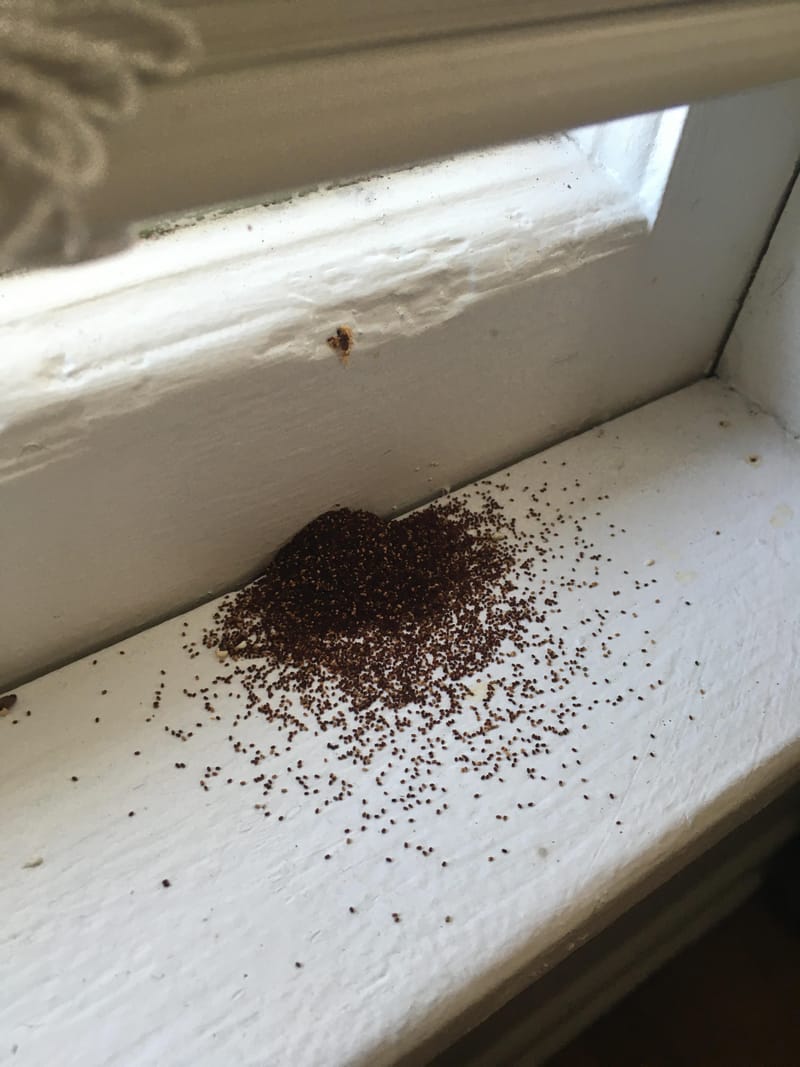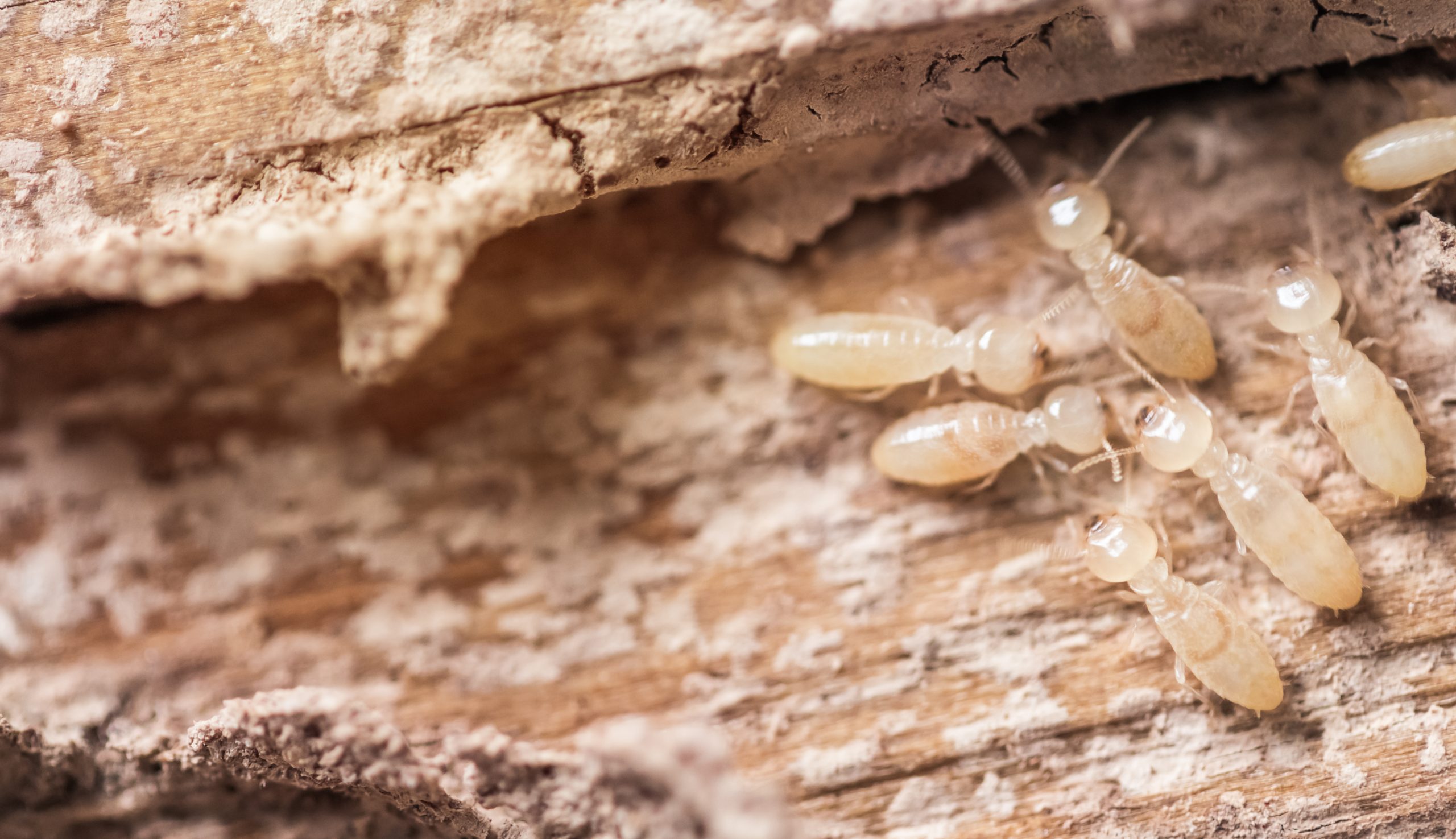Table Of Content

At first, you might not think much about this long, connective network. However, you should take these mud tubes seriously — they may mean termites. They'll look for tubes that are between ¼ of an inch to an inch wide. These tubes could be located on your home's foundation, ceilings, or even inside walls. However, you'll need a professional to check cracks and crevices, as the pros know what to look for.
Eliminating Wood and Vegetation Near Your Home’s Exterior
Shaw gave us some specific insight into this treatment and how it works. There are several reasons why you might suddenly notice a colony of termites invading your home. The good news is that it’s nothing you did, but is mostly environmental factors that have to be just right to attract these critters to your home. Shaw says it’s easy for homeowners to get the two mixed up, but there are obvious differences that differentiate termites from ants. You might be wondering if it’s a job you can handle independently.
Lubbock expert warns community of signs of termites - KLBK KAMC EverythingLubbock.com
Lubbock expert warns community of signs of termites.
Posted: Wed, 10 Apr 2024 07:00:00 GMT [source]
What to Do If You Have Termites in Your Walls
Most states also review the pesticide label to ensure that it complies with federal labeling requirements and any additional state restrictions of use. If you’re building a deck, Webb suggests pressure-treated wood, which is more resistant to termites though not termite-proof. There are ways to prevent a termite infestation before it happens, Webb says. It can be hard to envision a million of anything, so entomologist Doug Webb has a helpful image. Imagine a million metal BBs covering the floor of the room you’re in.
How to get rid of termites: Termite treatments, signs to know
Smaller termites—which are also wingless—are typically the workers that build tunnels for the colony. If you suspect termite activity on your property, make sure to contact an expert in termite identification as soon as possible. Orkin Pros are trained to address any current signs of termites in a house, as well as implement solutions to help prevent future issues. Through a specialized approach to termite control, Orkin can help protect your home with a termite treatment plan suited to your specific needs.
Early Signs of a Termite Infestation
You can determine if you have a termite problem by looking for clues such as hollow-sounding wood, mud tubes, coarse frass, and swarmers with two identical pairs of wings. The distinction between carpenter bees and termites is relatively easy to make. Carpenter bees are much larger, with black-and-yellow coloring similar to a bumblebee. Their tunnels are round holes about half an inch in diameter and are typically localized, which means they cause less structural damage than termites. Once a year, termite colonies erupt in a flurry of reproductive activity.

Since termite activity may only become visible after they’ve been active for months or even years, it’s crucial to have your property inspected by a trained professional. Not seeing swarms of these winged insects doesn’t mean your house is safe from them. While a telltale sign of an active infestation is an accumulation of termites flying around your windows or foundation, there are a few other warnings that also indicate a problem. Subterranean termites, the most common type of termites in the U.S., need moisture to survive. Most household wood doesn’t have enough moisture for them to thrive, so they create mud tubes to allow moisture from underground into their workspace. Because worker termites spend their entire lives creating and maintaining tunnels, they’re the insects found in damaged wood.
At this point, you can use the back of a screwdriver to tap and then listen for hollows in the wood or the sharp end to probe for the extent of the damage. The good news is that if you see a termite swarm outside your house, it doesn't necessarily mean that your home is infested. They might just be in the stage of looking for a new place to set up shop without having done it yet. However, it's crucial to treat a termite swarm as a warning sign and take action promptly. Call an exterminator, tell them there has been a swarm, and book the next available appointment. Drywood termites, on the other hand, often require a different type of treatment.
These professionals have the right gear and equipment that aren’t sold at stores to diminish the problem quickly and effectively. When termites are looking for a mate and ready to establish a new colony, they swarm. This usually happens in warmer temperatures and climates with lots of humidity. The primary objective of these parties is to maximize the production of offspring and strengthen the genetic diversity of the new colony. You might open the door to your bedroom and see it covered top to toe in bugs. Depending on your climate, termites can tunnel into the soil or remain active all year.
Bed Bug Pest Guide
This won't kill all of the termites — they will simply begin to rebuild. Instead, when you see mud tubes, call an exterminator right away. They will also want to check out the mud tunnels to see what kind of termites live inside and assess the level of risk to your home.
Because it's not possible to treat a termite infestation on your own, it's important to call a professional to inspect the damage and determine the proper course of treatment. Hollow wood, on the other hand, or wood with tunnels, is a sign of a termite infestation. You can tell wood is hollowed out because it sounds that way when tapped. In addition to locking in moisture, mud tubes provide a layer of protection from predators. Shelter tubes help shield them from spiders, lizards, and predatory insects. You can distinguish alates from other termites by their dark brown or black bodies.
Termites are small whitish insects, about a quarter of an inch long. The eastern subterranean termite is most common in North America. While termites cause more of a problem in the South, Webb says they can be found in every state of the U.S. except Alaska — yes, they can survive northern winters in some places.
If you see cream-colored insects when you break open the tubes, your house is infested. If you don’t, the colony may be dead or using another route inside. While you may want to wipe these mud tubes away, if termites are nesting in your home's wood, they'll be back to rebuild them.
Once you find a few wings, it’s time to call pest control and kill them off before they establish more colonies. Unlike pests like spiders or rats, some termites can actually fly. The flying termites, called swarmers, are looking for new places to further colonize. They bore through wood and leave behind piles of sawdust that homeowners might mistake for termite frass.
Knowing how to spot them can help you prevent and promptly treat an infestation before you need to spend thousands on repairs. Termites are small wood-destroying insects that live in colonies, similar to ants. According to the US Environmental Protection Agency (EPA), estimates suggest they cause billions of dollars in structural damage annually.
If termites have been in your house for a long time, they can cause significant damage. Such damage can cause your home to shift or settle as it reacts to being eaten away. Signs of structural foundation damage in a home include drywall cracks above doors and windows and doors and windows that do not close properly. For this reason, they commonly invade homes, eating at the wood framing, trim and siding.
Here are some signs you may notice that indicate a possible termite infestation within your home. They do this themselves when they land and are satisfied that they’ve found a suitable mate and environment to breed. These wings can be found on windowsills, and around doorways and baseboards.


No comments:
Post a Comment